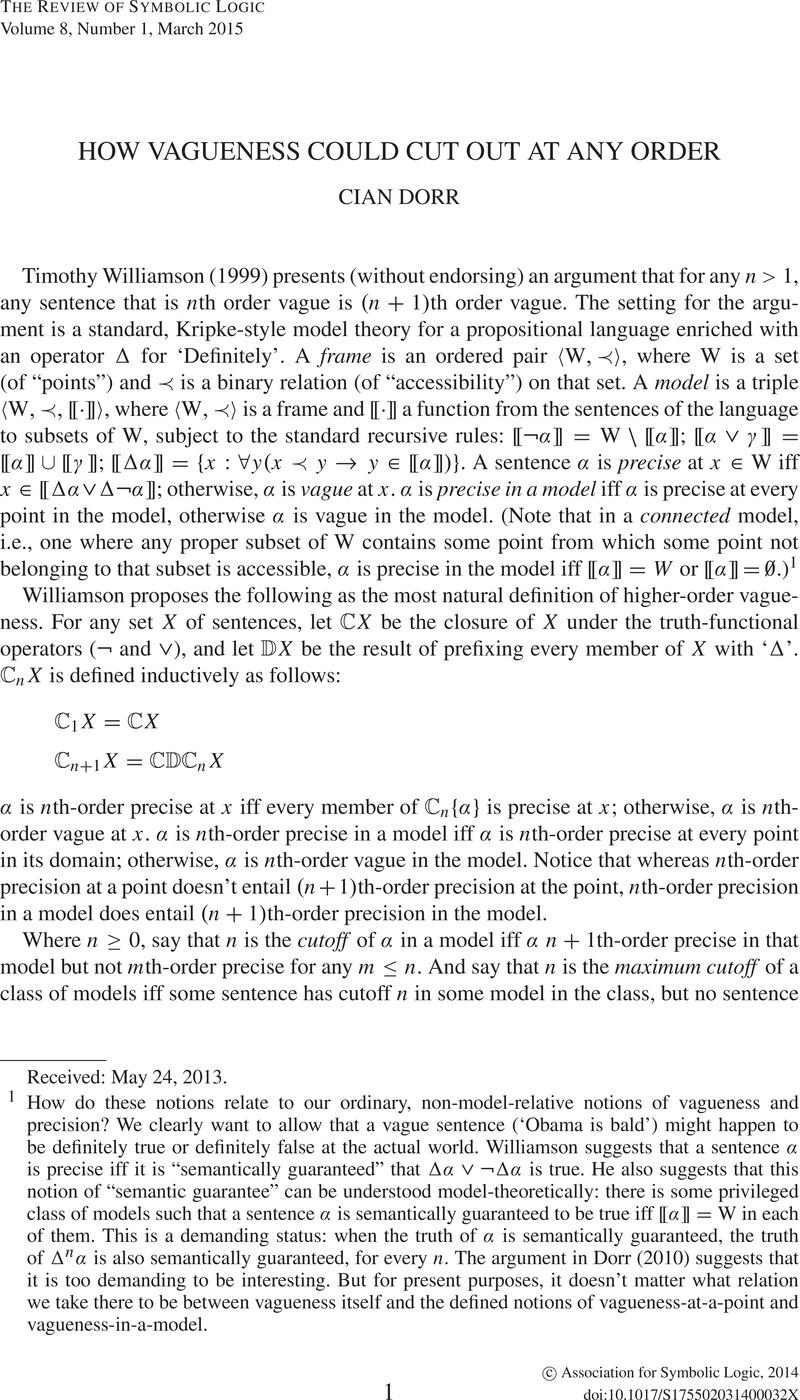Crossref Citations
This article has been cited by the following publications. This list is generated based on data provided by Crossref.
Su, Xingchi
2017.
Logic, Rationality, and Interaction.
Vol. 10455,
Issue. ,
p.
653.
Zardini, Elia
2024.
Paradoxes Between Truth and Proof.
Vol. 494,
Issue. ,
p.
279.


